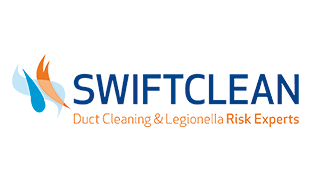It is a well-known fact that hospitals are some of the most potent sources of germs if they are not cared for in the appropriate manner. A perfect example of this observation can be seen in the recent emergence of MRSA and other potentially serious infections.
This is why staff and management need to take cleaning procedures very seriously. What steps should be embraced and how can these help to eliminate the risk of hospital-related illnesses?
Hand and environmental hygiene
The best approaches will embrace a proactive mindset. It is critical that all staff members regularly wash their hands and properly disinfect any surfaces that may have been exposed to potential hazards.
Common examples include laboratory instruments, door handles, railings and patient waiting areas. These locations can easily transmit germs from one individual to another, so extra precautions should always be taken.
Establish a cleaning schedule
Bacteria-free wards will only arise as the result of a team effort. All personnel must be made aware of their responsibilities. They should be positively encouraged to watch others and make certain that coworkers are adhering to the proper protocols.
If a cleaning schedule is posted, the chances of hospital-borne infections arising will be dramatically reduced. It should also be pointed out that management must also take part in such efforts. A top-down maintenance approach will ensure safety and efficiency while keeping the needs of patients in mind at all times.
Surveillance and antibiotic stewardship
Closed-circuit television systems and similar surveillance equipment can be used to monitor the condition of a hospital ward. This is why security personnel should likewise be made aware of the associated cleaning protocols. A mistake or an oversight can be quickly corrected before it represents a danger to the public (or other staff members).
This type of stewardship also helps to raise interdepartmental accountability; an excellent means to increase in-house responsibility. A healthy environment is the combined result of hard work and diligence.
The bottom line is that a bacteria-free ward is everyone's responsibility. By appreciating the risks involved and through targeted training methods, it is possible to mitigate potentially serious threats.
This is also why a checklist should be drawn up so that each worker can take an active role. An ounce of prevention can tackle even the most challenging of situations.
This article was provided by Clean Hire, supplier of floor cleaning machines.





